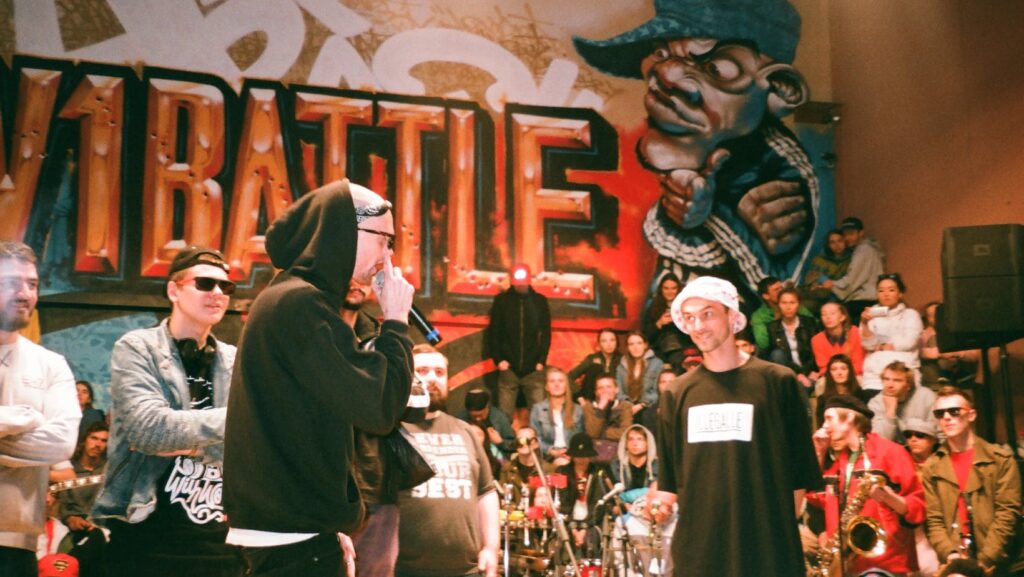Exploring the dynamic evolution of rap music unveils a captivating journey filled with cultural influences, artistic innovations, and societal reflections. From its humble origins in the Bronx during the 1970s to becoming a global phenomenon shaping mainstream music today, the history of rap music is a testament to the power of creativity and expression.
Venturing through the timeline of rap music unveils a tapestry woven with the beats of pioneers like Grandmaster Flash, Run-DMC, and Public Enemy, who laid the foundation for the genre’s rise to prominence. Each era marks a shift in style, lyrical content, and social impact, reflecting the ever-changing landscape of music and society.
Embark on a rhythmic odyssey through the history of rap music timeline, where each milestone represents a chapter in the story of a genre that continues to push boundaries, challenge norms, and give voice to the unheard.
History Of Rap Music Timeline
Origins of Rap in the 1970s

Rap music originated in the Bronx in the 1970s, with innovative DJs and MCs laying the foundation for a new musical genre. Influenced by the vibrant hip-hop culture of the time, artists like Grandmaster Flash and DJ Kool Herc pioneered the use of turntables and mixing techniques to create rhythmic beats that accompanied spoken-word lyrics. This fusion of music and poetry resonated with urban communities, providing a voice for marginalized populations and reflecting the social realities of the era.
The Golden Age of Rap: 1980s and 1990s
The 1980s and 1990s marked the golden age of rap music, characterized by artistic experimentation, lyrical prowess, and cultural impact. Artists like Run-DMC, N.W.A, and Public Enemy emerged as trailblazers, addressing pressing issues such as social injustice, racial inequality, and political unrest through their music. The introduction of sampling, drum machines, and innovative production techniques during this period revolutionized the sound of rap, shaping its evolution into a mainstream genre with global reach. The golden age of rap not only expanded the art form’s creative boundaries but also solidified its position as a powerful medium for self-expression and social commentary.
Influential Artists in Rap History
Pioneers Who Shaped Early Rap
- Grandmaster Flash
- DJ Kool Herc
- Run-DMC
Icons of the 90s and Early 2000s

- N.W.A
- Public Enemy
Influential artists in the history of rap music have significantly contributed to shaping the genre across different eras. From the pioneers who laid the foundation for rap’s inception to the icons who further elevated its cultural impact, these artists have left a lasting legacy in the music industry.
Pioneers Who Shaped Early Rap:
- Grandmaster Flash: Known for his innovative turntablism techniques, Grandmaster Flash revolutionized DJing by introducing cutting, scratching, and mixing to create dynamic beats that became synonymous with early rap music.
- DJ Kool Herc: Considered one of the founding fathers of hip-hop, DJ Kool Herc’s legendary block parties in the Bronx during the 1970s were pivotal in popularizing the art of rapping and breakdancing, laying the groundwork for the rap genre.
- Run-DMC: Emerging during the golden age of rap in the 1980s, Run-DMC’s fusion of rock and rap elements and their bold fashion choices not only reshaped the music landscape but also set new trends in the industry.

- N.W.A: With their raw and politically charged lyrics, N.W.A (N****z wit Attitudes) challenged societal norms and shed light on issues of police brutality, racism, and urban struggles, influencing a generation of rap artists and sparking conversations on social justice.
- Public Enemy: Renowned for their socially conscious lyrics and inventive sampling techniques, Public Enemy used their music as a platform to address systemic injustices, advocating for political activism and empowerment within marginalized communities.
These artists not only defined their respective eras but also paved the way for future generations of rap musicians, solidifying rap music’s position as a powerful voice for cultural critique and artistic expression.
